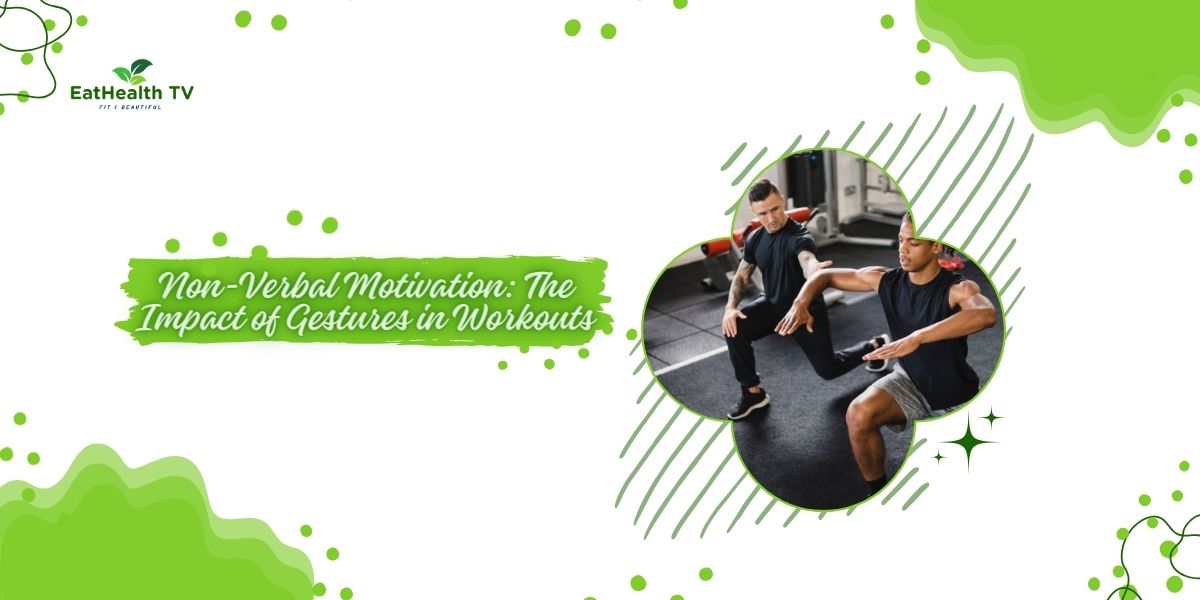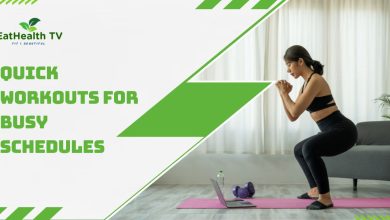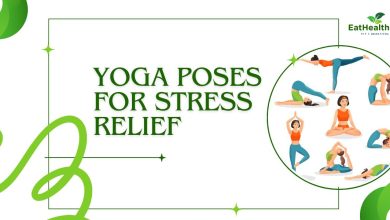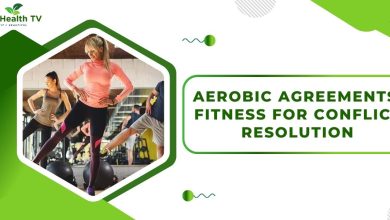Non-Verbal Motivation: The Impact of Gestures in Workouts
Energize Your Workouts: Harnessing the Power of Non-Verbal Motivation

Non-Verbal Motivation: The Impact of Gestures in Workouts
In the realm of fitness and exercise, verbal cues and encouragement often take center stage as tools for motivation. However, the power of non-verbal communication, particularly gestures, should not be underestimated. From a subtle nod of approval to a triumphant fist pump, gestures can convey encouragement, support, and determination, fueling motivation and enhancing performance during workouts. In this comprehensive guide, we will explore the fascinating role of non-verbal motivation in fitness, examining the impact of gestures on motivation, performance, and overall exercise experience.
Understanding Non-Verbal Motivation
Non-verbal motivation refers to the use of body language, facial expressions, and gestures to convey encouragement, support, and determination without the need for words. In the context of workouts, non-verbal cues from trainers, workout partners, and even oneself can play a significant role in boosting motivation, increasing effort, and improving performance. Whether it’s a high-five after a challenging set or a thumbs-up of approval, non-verbal gestures have the power to inspire and energize individuals to push beyond their limits and achieve their fitness goals. Just as we know Fitness Biases: Unraveling the Psychology of Preferences
The Impact of Gestures on Motivation
- Positive Reinforcement: Gestures such as nods, smiles, and thumbs-up signals provide positive reinforcement and validation, affirming individuals’ efforts and progress during workouts. This positive feedback boosts self-confidence and morale, motivating individuals to continue exerting effort and striving towards their fitness goals.
- Encouragement: Gestures can serve as gestures of encouragement, signaling support and belief in individuals’ abilities to overcome challenges and succeed. Whether it’s a pat on the back or a supportive clap, these non-verbal cues convey solidarity and motivate individuals to persevere through difficult exercises or training sessions.
- Visual Feedback: Gestures offer visual feedback that reinforces proper form, technique, and effort during workouts. For example, a trainer’s demonstration of correct exercise form or a workout partner’s mirrored movements can help individuals adjust and optimize their movements, leading to improved performance and results.
- Emotional Connection: Gestures foster an emotional connection between individuals, creating a sense of camaraderie, teamwork, and shared achievement. When individuals receive gestures of support and encouragement from trainers, workout partners, or fellow gym-goers, they feel a sense of belonging and motivation to push themselves further and contribute to the collective effort.
- Motivational Momentum: Gestures can build momentum and energy during workouts, creating a positive feedback loop of motivation and effort. As individuals witness and receive gestures of determination and perseverance from others, they are inspired to match or exceed that level of commitment, driving them to push harder and achieve greater results.
Incorporating Non-Verbal Motivation into Workouts
- Lead by Example: Trainers and fitness instructors can lead by example by demonstrating enthusiasm, determination, and positivity through their own non-verbal cues and gestures. By modeling motivation and commitment, they inspire individuals to adopt a similar mindset and approach to their workouts.
- Create a Supportive Environment: Foster a supportive environment in fitness settings where individuals feel comfortable expressing themselves and receiving non-verbal cues of encouragement and support from trainers, peers, and workout partners.
- Utilize Non-Verbal Cues: Incorporate non-verbal cues and gestures into workouts to motivate and empower individuals. Whether it’s a fist pump to celebrate a milestone or a gentle touch to provide reassurance, these gestures can have a profound impact on individuals’ motivation and performance.
- Provide Feedback: Offer constructive feedback and reinforcement through non-verbal cues such as nods, smiles, and gestures of approval. This positive reinforcement boosts individuals’ confidence and motivation, encouraging them to continue striving towards their fitness goals.
Conclusion
In conclusion, non-verbal motivation, particularly through gestures, plays a significant role in enhancing motivation, effort, and performance during workouts. From positive reinforcement and encouragement to visual feedback and emotional connection, gestures convey support, determination, and solidarity, inspiring individuals to push beyond their limits and achieve their fitness goals. By incorporating non-verbal cues and gestures into workouts and creating a supportive environment where individuals feel empowered and motivated, fitness professionals can maximize the effectiveness of their training programs and help individuals achieve lasting success in their fitness journeys.




